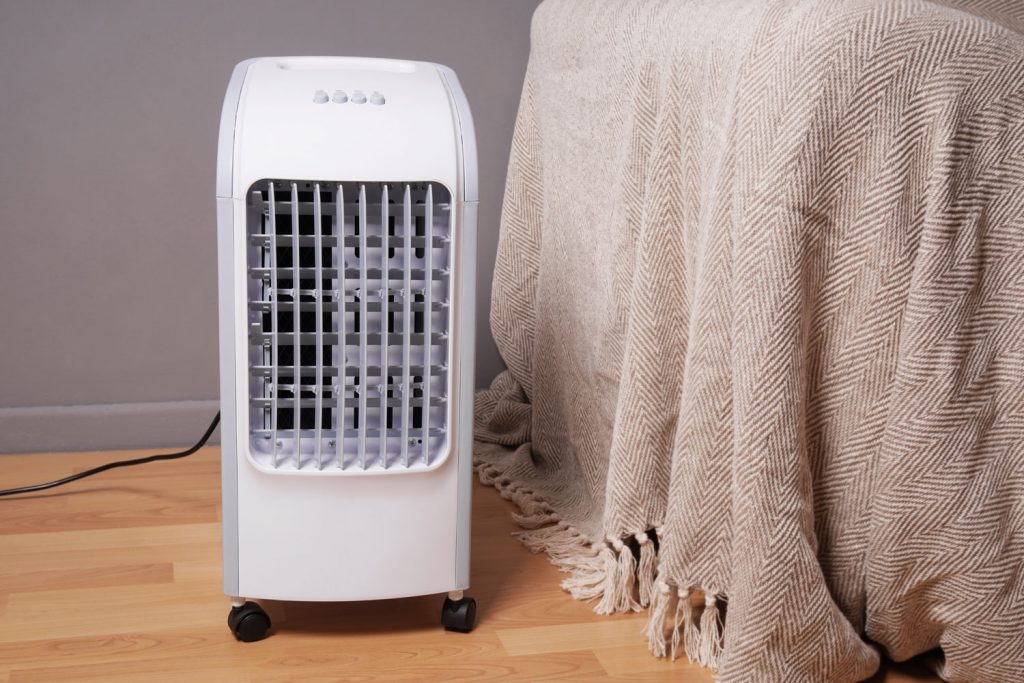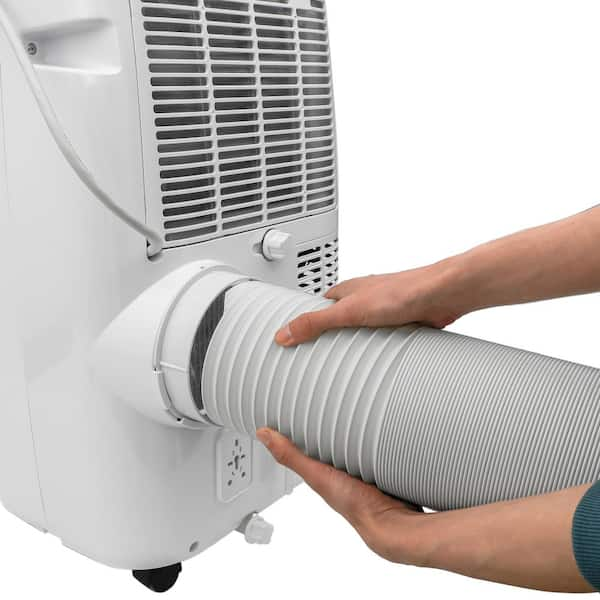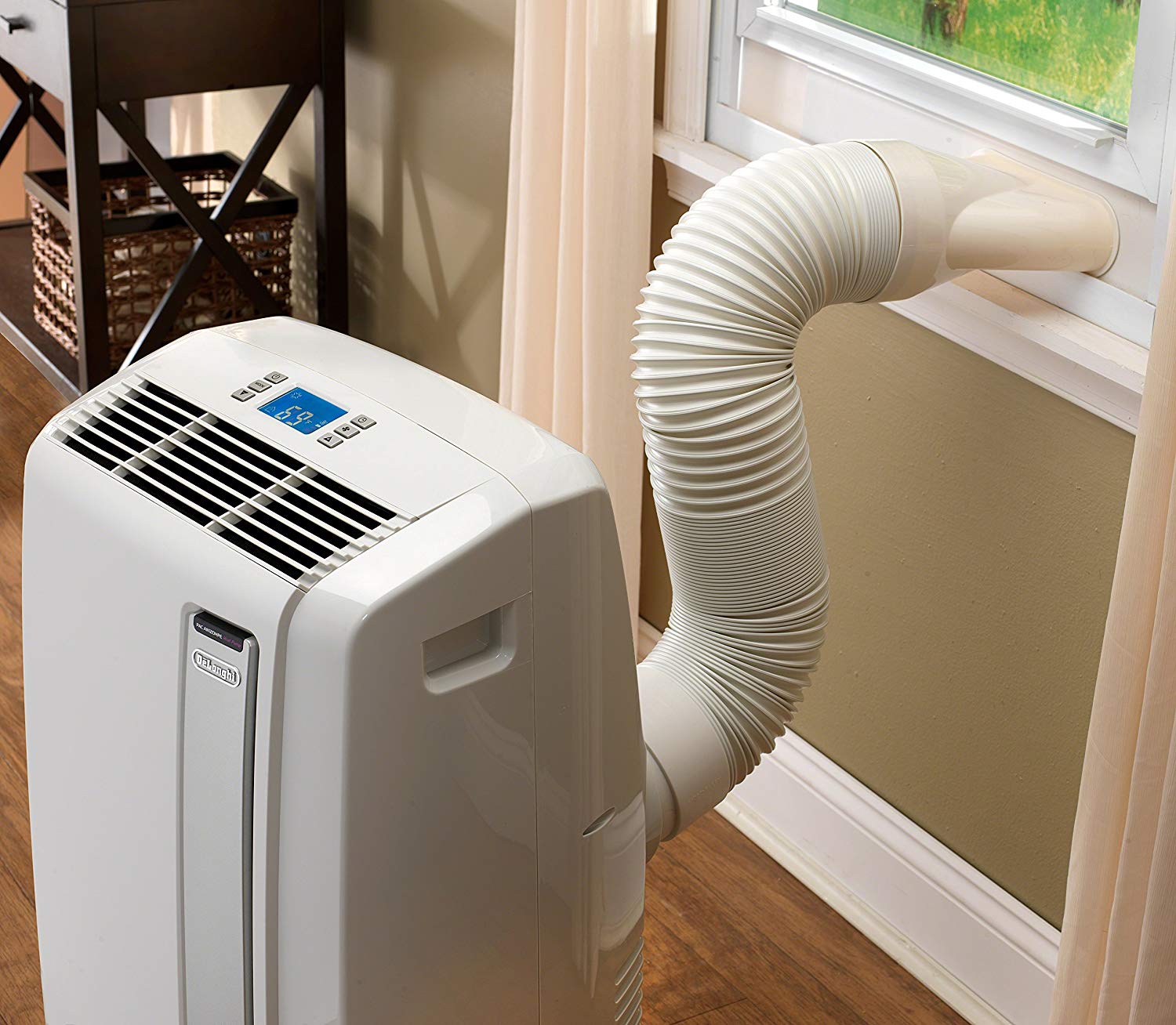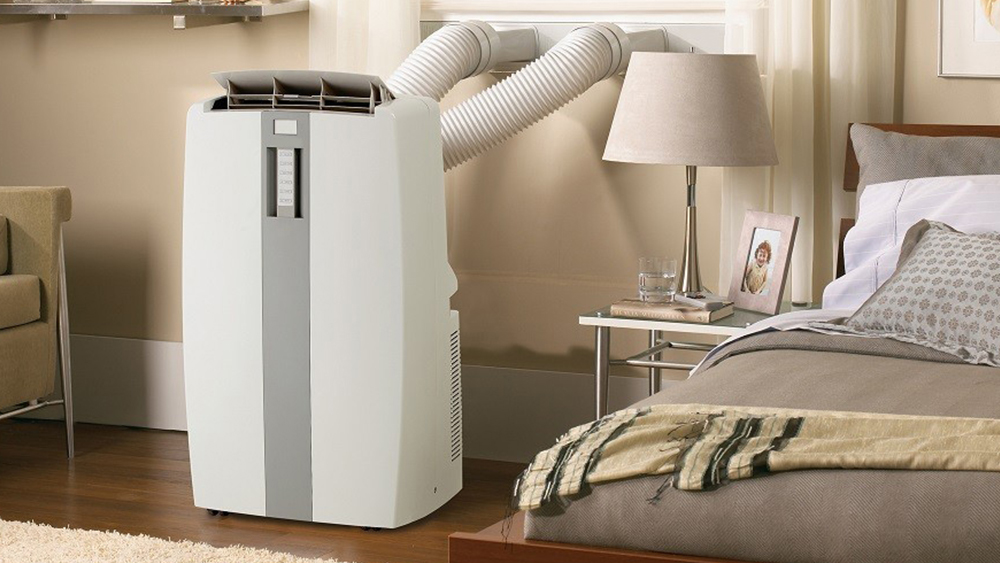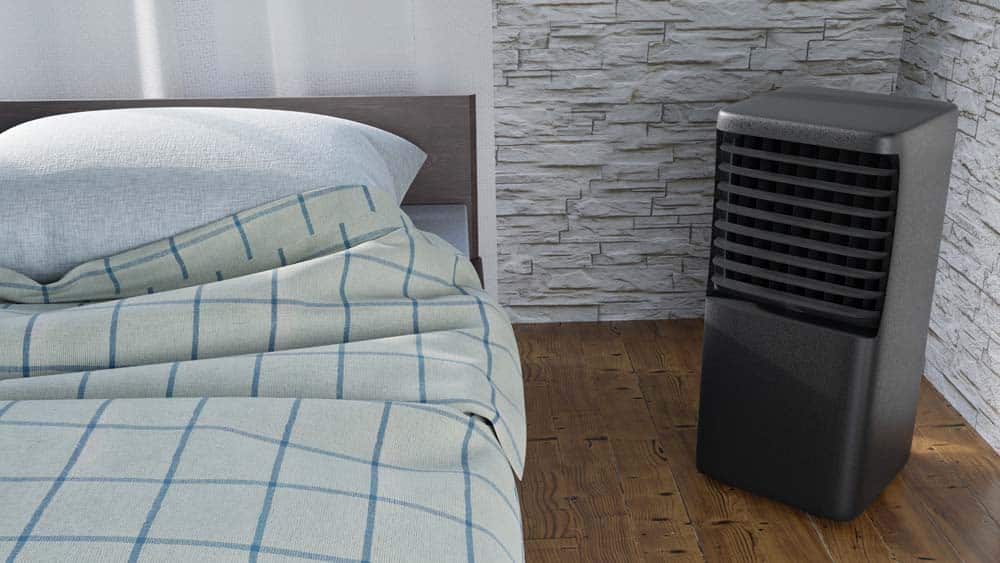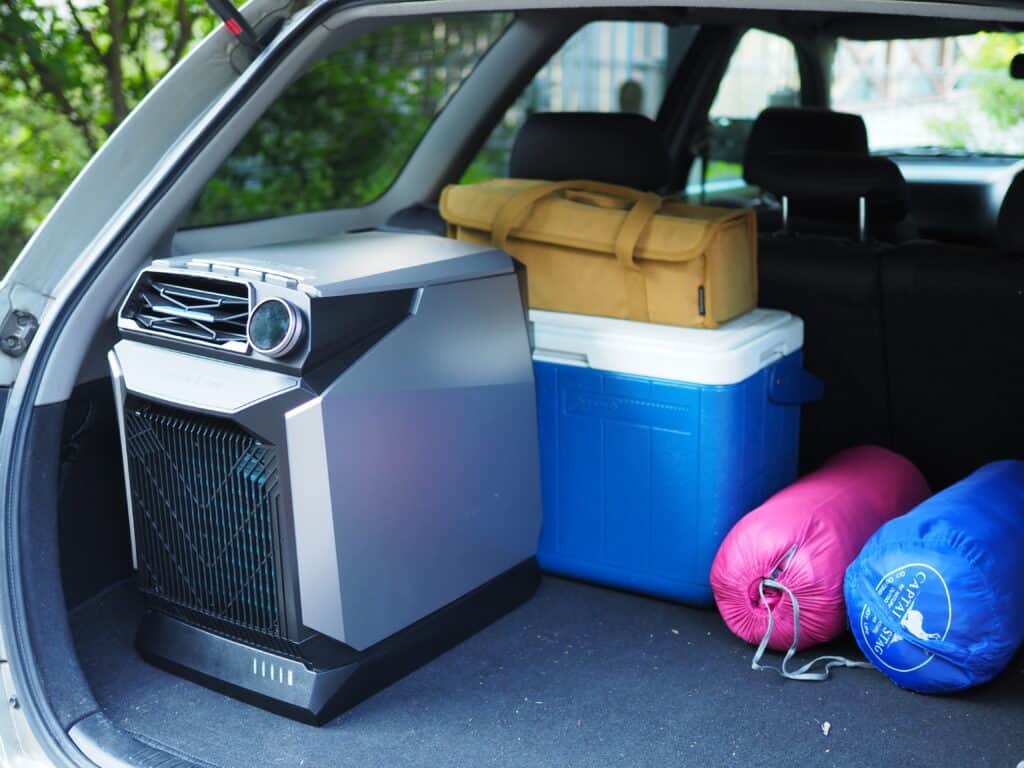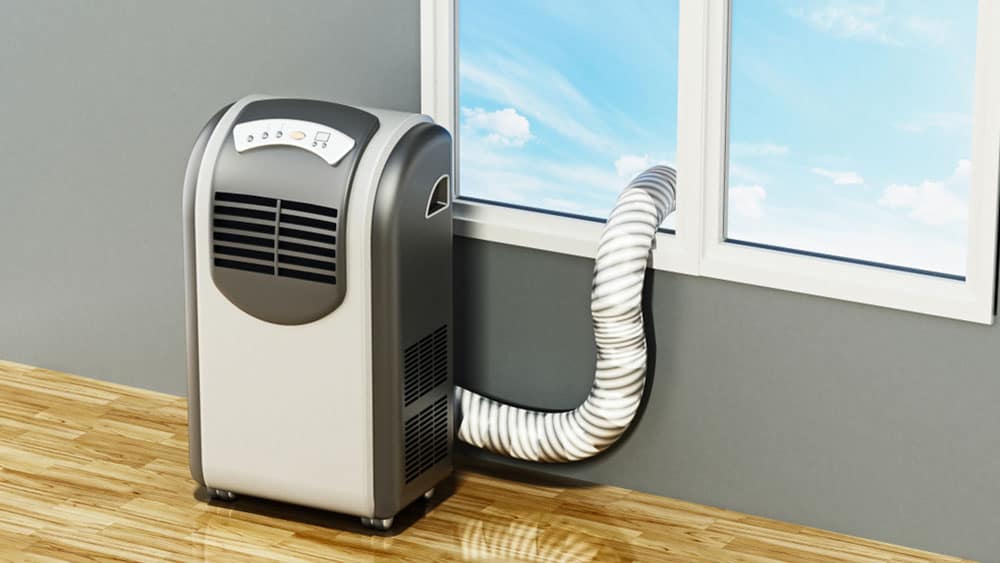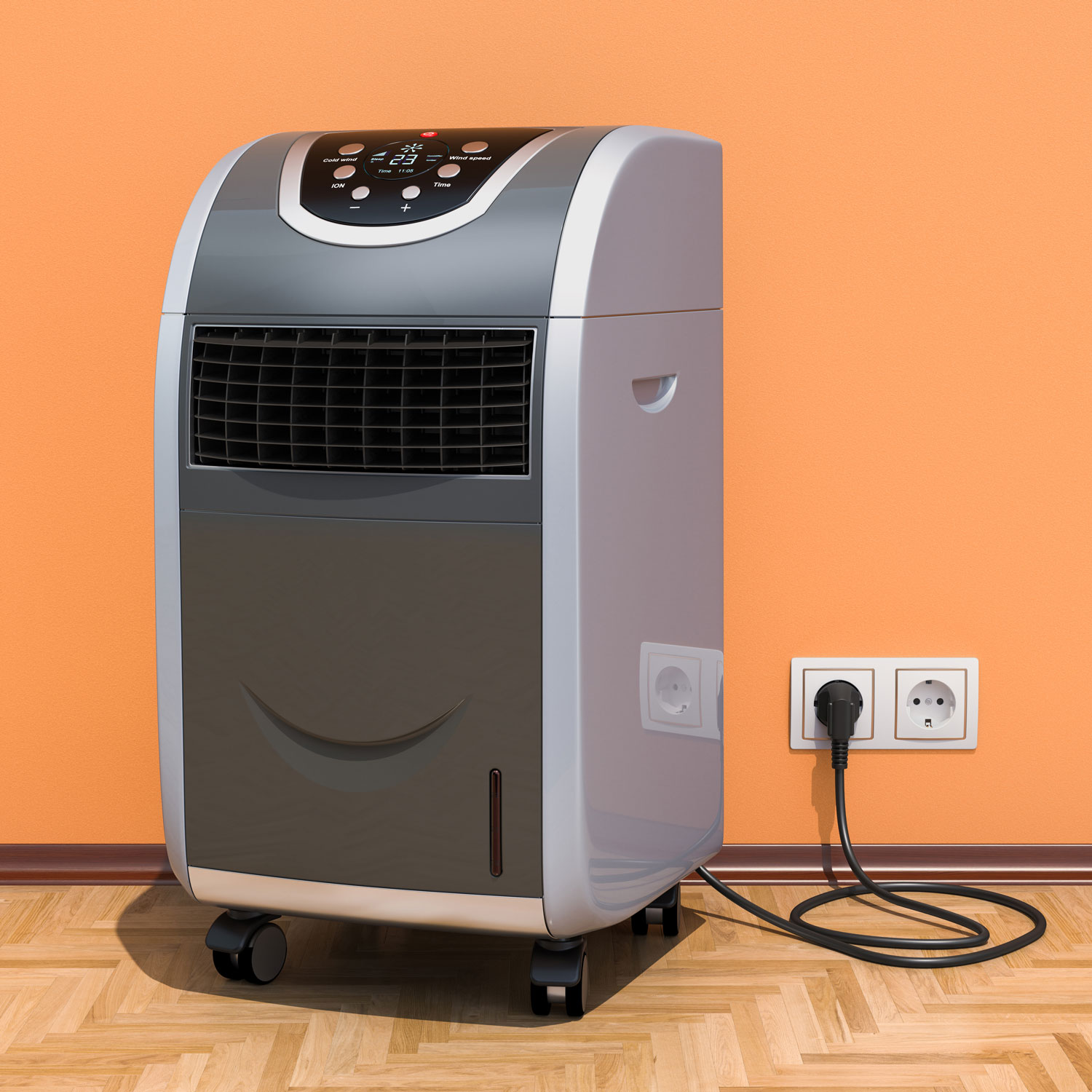Can You Transport A Portable Air Conditioner On Its Side
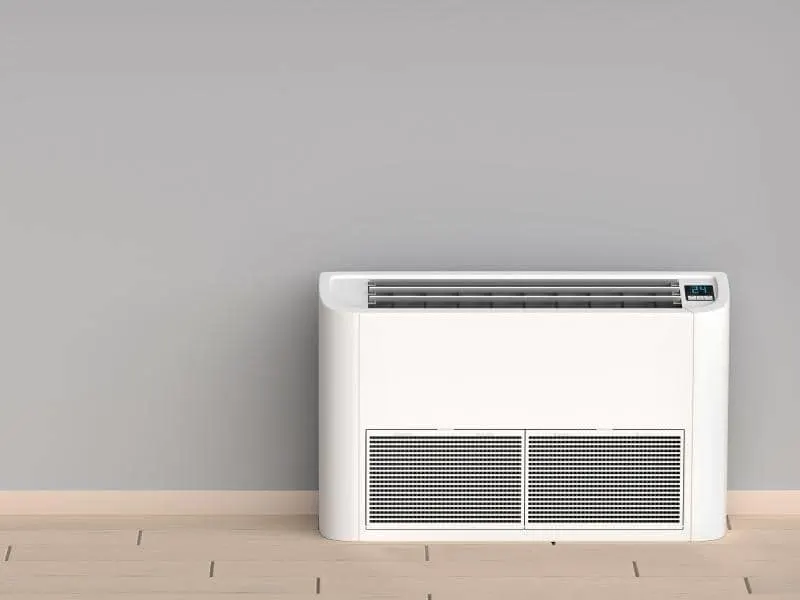
The question of whether a portable air conditioner can be transported on its side has sparked considerable debate among consumers. Improper handling during transportation can lead to significant damage, impacting functionality and potentially voiding warranties. Understanding the guidelines and best practices for moving these appliances is crucial for ensuring their longevity and performance.
At the heart of the matter lies the internal components of the air conditioner, particularly the compressor. This component contains oil that lubricates its moving parts. Tilting the unit can cause this oil to flow into areas where it shouldn't be, potentially leading to damage upon startup.
The Official Stance: Manufacturer Guidelines
Most manufacturers strongly advise against transporting portable air conditioners on their sides. This recommendation is primarily due to the risk of oil migrating from the compressor into the refrigerant lines.
According to Consumer Reports, consulting the owner's manual is always the first step. These manuals typically provide specific instructions on transportation and handling, often including warnings against side transport. Ignoring these guidelines can invalidate the warranty.
Whirlpool, for instance, explicitly states in many of its portable AC manuals that the unit should be transported upright to prevent compressor damage. Similar warnings are echoed by other leading brands such as LG and Frigidaire.
The Risk of Compressor Damage
The compressor is the heart of any air conditioning unit. It pressurizes the refrigerant, enabling the cooling process.
When a portable AC is tilted, oil can seep into the refrigerant lines. This is particularly problematic if the unit is then immediately turned on. The oil can clog the system or damage the compressor itself, leading to costly repairs or complete failure.
What if it Was Transported on its Side?
If a portable air conditioner was accidentally transported on its side, do not immediately plug it in. The most common advice is to allow the unit to stand upright for at least the same amount of time it was on its side. For example, if it was on its side for 24 hours, keep it upright for 24 hours before turning it on.
This allows the oil to drain back into the compressor, minimizing the risk of damage. While this may not completely eliminate the risk, it significantly reduces the likelihood of problems.
Alternative Transportation Methods
The safest way to transport a portable air conditioner is upright, secured in a vehicle to prevent it from tipping over. Use straps or wedges to keep it stable.
If upright transport is impossible due to space constraints, consider renting a larger vehicle. The added expense of renting a vehicle is often less than the cost of repairing or replacing a damaged air conditioner.
Another option is to completely drain the refrigerant and oil from the unit before transport. However, this should only be done by a qualified HVAC technician. Improper handling of refrigerant can be environmentally damaging and potentially illegal.
Human Angle: A Costly Mistake
"I learned the hard way," says Maria Rodriguez, a resident of Phoenix, Arizona. "I moved my portable AC on its side, thinking it wouldn't be a big deal. When I plugged it in, it made a terrible noise and didn't cool at all. Turns out, I ruined the compressor. The repair cost me almost as much as a new unit!"
Maria's experience highlights the importance of following manufacturer guidelines. A little caution during transport can save consumers significant time and money.
The Environmental Impact
Beyond the cost of repairs, improper handling of portable air conditioners can also have environmental consequences. Leaks of refrigerant, a potent greenhouse gas, contribute to climate change.
Proper disposal of damaged units is also crucial. Many municipalities offer recycling programs for appliances containing refrigerants. These programs ensure that the refrigerant is safely recovered and disposed of, minimizing its environmental impact.
Conclusion: Handle with Care
Transporting a portable air conditioner on its side is generally not recommended due to the risk of compressor damage. Always consult the owner's manual for specific instructions and follow manufacturer guidelines.
When possible, transport the unit upright and secured. If side transport is unavoidable, allow the unit to stand upright for an extended period before use. By taking these precautions, consumers can protect their investment and ensure the longevity of their portable air conditioner.


